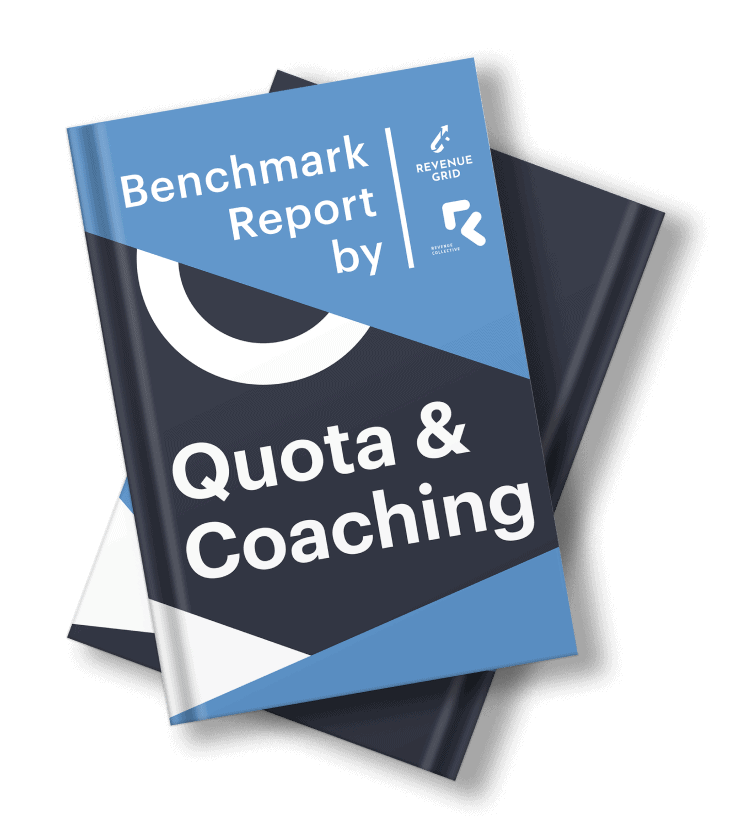The difference between sales processes and inbound sales strategies lies in their nature. While a sales process involves steps a salesperson takes to convert a prospect into a paying customer, an inbound sales strategy focuses on identifying people who are already aware of their need for a product like yours and meeting their specific needs.
Different sales teams can have different sales processes depending on their goals, products, resources, and working styles. But they might still apply the same inbound sales strategy.
Apart from that, a sales team traditionally designs their sales process to try to close deals as fast as possible. When applying an inbound sales strategy, you do things differently. You define the buying journey and analyze specific buyers’ needs first, and then create a customized experience that proves your offering is the right solution and simplifies purchase decisions.
Sales Process Definition
A sales process is a series of repeatable steps a sales rep takes to turn an early-stage lead into a new customer. Each step in a sale process may include several selling activities, helping reps achieve sales goals. Because of that, a sales process can be considered a roadmap and guide for salespeople.
Typically, a sales process consists of eight steps:
- Preparation: Learn about your project, target customers, competitors, and industry.
- Prospecting: Find potential customers from sources like your CRM database, social media, meetups, conferences, online search, etc.
- Research: Determine true prospects who actually need what you’re selling.
- Approach: Identify ways you can approach your prospects.
- Presentation: Pitch your product through an in-person meeting, an online demo, or a phone call.
- Objection handling: Answer questions and handle objections as well as rejections.
- Closing: Send a proposal or quote covering the tailored solution you’re offering and finalize the deal.
- Follow-up: Nurture customers after the first sale to maintain relationships with them. This step can involve upselling, asking for referrals, or collecting feedback.
A good sales process should be goal oriented, clearly defined, replicable, and measurable. It should also be flexible enough to accommodate changes in sales operations, tech stacks, and business climates.
Inbound Sales Strategy Definition
An inbound sales strategy is a modern sales approach that prioritizes individual customers’ needs and pain points. You focus on finding what people are suffering from and adapt your sales process to their buying journey. Your goal is to create personalized buying experiences for your customers.
In inbound sales, a buyer’s journey has three core stages:
- Awareness: A person is aware of their problem and decides to find a solution.
- Consideration: The person considers various options.
- Decision: The person determines a product that fits their need and makes a purchase.
With an inbound sales strategy, you identify prospects who are already actively buying—in other words, qualified leads. Then, all you need to do is create hyper-personalized messages to approach and push them towards your desired action. That’s what makes an inbound sales strategy an effective way to get more customers and more sales.
Read also:
Einstein Activity Capture vs Revenue Grid
